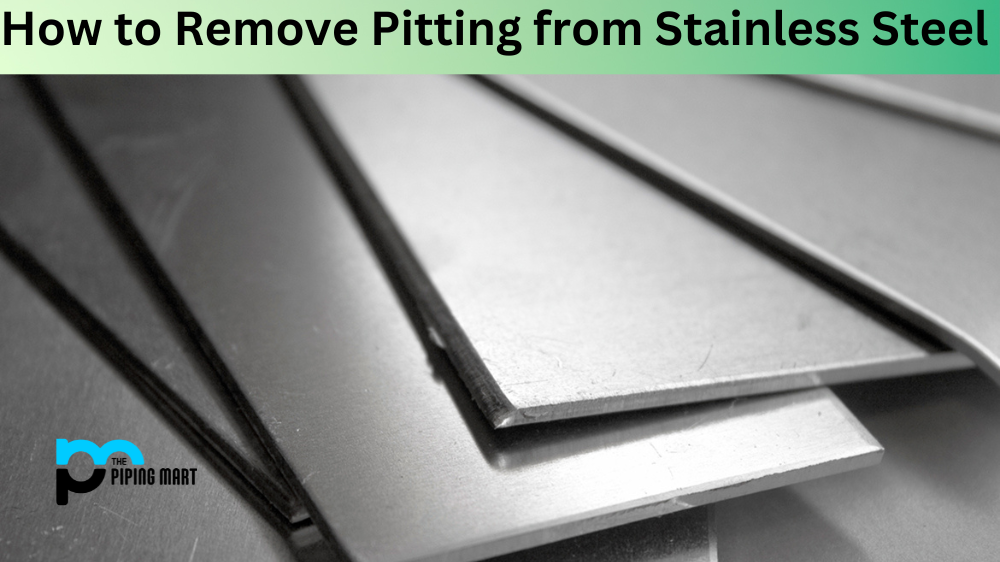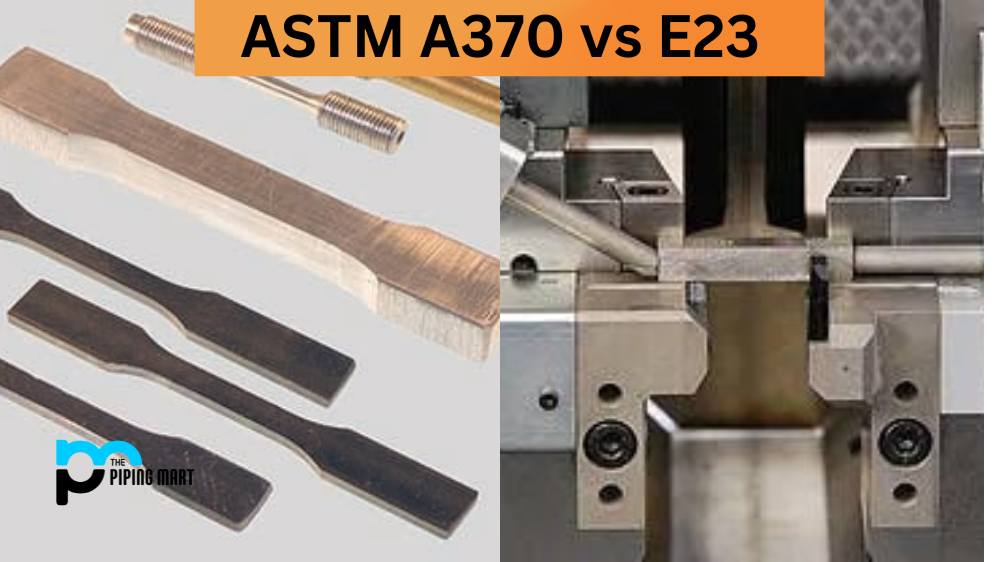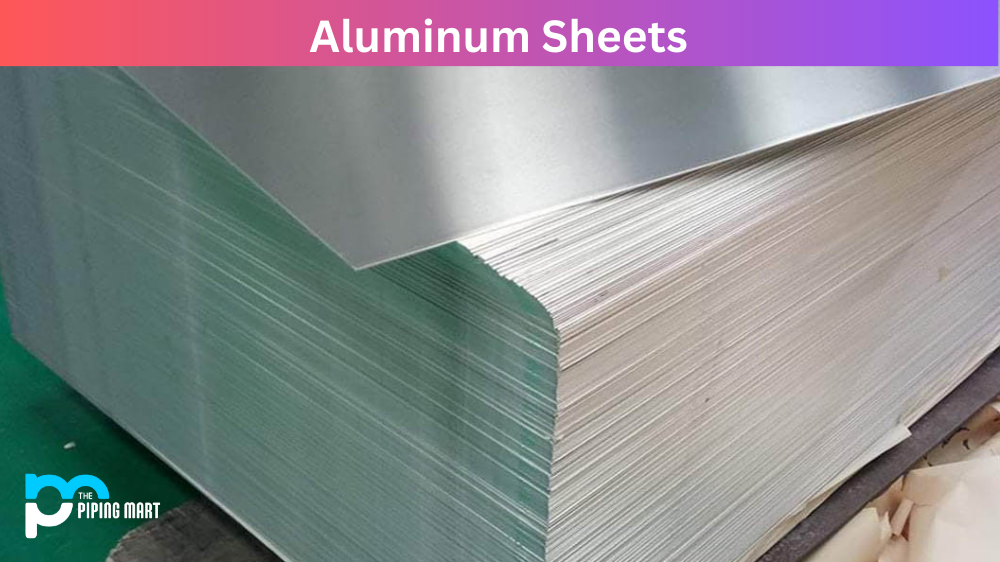Stainless steel is an incredibly resilient material, but it can still suffer damage over time. One of the most common types of damage is pitting, which occurs when the surface of the metal corrodes and forms small indentations. Fortunately, there are several methods you can use to remove pitting from stainless steel surfaces. Let’s take a look at how to do this safely and effectively.
Method 1: Sanding and Polishing
The simplest way to remove pitting from stainless steel is by sanding and polishing. Start by using a piece of 180-grit sandpaper or a wire brush to gently sand away any corrosion or pitted areas on the metal surface. Then, use progressively finer grits (such as 220-grit, 400-grit, and 600-grit) to buff out the scratches and restore the metal’s shine. Finally, apply a stainless steel polish or sealant to protect it against future corrosion.
Method 2: Chemical Stripping
If your stainless steel has extensive pitting or has been exposed to harsh chemicals, you may need to resort to chemical stripping. This involves using an abrasive cleaner on the surface of the metal in order to break down any corrosion or pitted areas. Once you have applied the cleaner, rinse off with water and then buff out any remaining residue with a microfiber cloth or soft bristle brush. Be sure to wear protective gloves when handling chemical strippers!
Method 3: Electrolytic Cleaning
Electrolytic cleaning is an advanced method used for removing deep-seated corrosion from stainless steel surfaces. It involves immersing the object in an electrolyte solution and applying an electrical current which causes any rust or corrosion particles on the surface of the metal to be broken down into smaller pieces that can be easily removed with an abrasive pad or brush. While this method requires specialized equipment and knowledge of electricity safety protocols, it can be highly effective for more severe cases of pitting on stainless steel surfaces.
Conclusion:
No matter what type of pitting your stainless steel has endured—whether it’s light surface scratches or deep corrosion—there are several methods you can use to quickly restore its original shine and lustre without damaging its underlying structure. Whether you choose sanding and polishing, chemical stripping or electrolytic cleaning will depend on how much damage your stainless steel has sustained over time as well as your own personal preferences and skill level. With patience and some elbow grease (or, in some cases, specialized equipment!), you’ll be able to get your stainless steel looking like new again!

Pipingmart is a B2B portal that specializes in metal, industrial and piping items. Additionally, we share the latest information and information about materials, products and various types of grades to assist businesses that are involved in this business.




